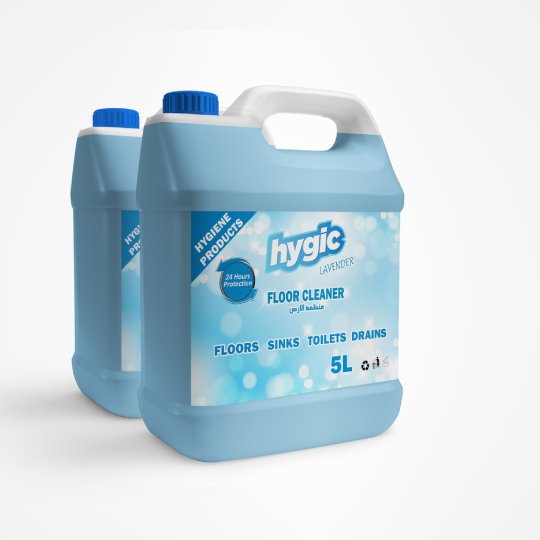Maintaining clean floors is essential for a healthy and inviting home. Floors endure daily wear and tear from foot traffic, spills, and dirt, making regular cleaning a necessity. Using the right floor cleaner liquid can significantly enhance your cleaning routine, ensuring that your floors not only look pristine but also remain in good condition for years to come. However, with various types of floor cleaners available on the market, it’s crucial to choose the right product for your specific flooring type and cleaning needs. This article will provide you with essential tips on how to effectively maintain your floors using a floor cleaner liquid, ensuring a clean and welcoming environment for your family and guests.
1.Identify Your Floor Type
Before selecting a floor cleaner liquid, it’s important to identify the type of flooring you have in your home. Different materials require different cleaning solutions to avoid damage. Common types of flooring include hardwood, laminate, tile, vinyl, and carpet. Each material has its own cleaning requirements, so understanding your floor type will help you choose the appropriate cleaner. For instance, hardwood floors often require pH-balanced cleaners, while tile floors may benefit from stronger disinfectants.
2. Perform Regular Maintenance
Regular maintenance is key to keeping your floors looking their best. Sweeping or vacuuming daily helps remove dirt and debris that can scratch or damage the floor surface. For high-traffic areas, consider using a microfiber mop or cloth to capture more dust and dirt. Regular maintenance prevents the buildup of grime, making the cleaning process easier and more effective.
3. Prepare the Area for Cleaning
Before applying any floor cleaner liquid, prepare the area by removing furniture and other obstacles. This will allow you to clean the entire surface without missing spots. Additionally, sweeping or vacuuming the floor beforehand will remove loose dirt and debris, ensuring that the cleaner can effectively tackle any stains or grime.
4. Dilute the Cleaner as Recommended
Most floor cleaner liquids come with instructions on how to dilute the product for optimal use. It’s important to follow these instructions carefully, as using too much cleaner can leave a residue on your floors. Typically, you’ll mix a specific amount of cleaner with water in a bucket, but always refer to the product label for precise measurements. Using the right dilution will not only enhance cleaning effectiveness but also prolong the life of your flooring.
5. Use the Right Cleaning Tools
Using the right tools can make a significant difference in the effectiveness of your cleaning routine. For most floor types, a microfiber mop is an excellent choice, as it can effectively trap dirt and dust without scratching the surface. Avoid using traditional string mops, as they can leave excess water on the floor, which can damage certain materials. Additionally, consider using soft-bristle brushes for scrubbing stubborn stains, particularly on tile or vinyl floors.
6. Apply the Cleaner Evenly
When applying the best floor cleaner liquid for mopping, ensure that you do so evenly across the surface. Start in one corner of the room and work your way toward the exit to avoid stepping on freshly cleaned areas. Use a back-and-forth motion with your mop to cover the entire floor, ensuring that the cleaner penetrates any stains or grime. For stubborn spots, allow the cleaner to sit for a few minutes before scrubbing to give it time to break down the dirt.
7. Rinse When Necessary
Depending on the type of floor cleaner you use, rinsing may be necessary. For some cleaners, especially those that leave a residue, it’s important to follow up with a clean, damp mop to remove any leftover product. This is particularly true for tile and vinyl floors, where residue can lead to a dull appearance. Always check the product instructions to determine whether rinsing is required.
8. Dry the Floor Properly
After cleaning with a hygiene chemical, allow the floor to dry completely before walking on it. This is especially important for hardwood and laminate floors, as excess moisture can cause warping or damage. If possible, open windows or use fans to promote airflow and speed up the drying process. For tile and vinyl floors, ensure that they are dry to prevent slips and falls.
Maintaining your floors with a suitable floor cleaner liquid is essential for preserving their appearance and longevity. By identifying your floor type, choosing the right cleaner, and following proper cleaning techniques, you can keep your floors looking pristine. Regular maintenance, prompt stain removal, and the use of appropriate tools will enhance your cleaning routine and ensure a hygienic living environment. With these tips, you can confidently tackle floor cleaning, creating a welcoming and beautiful space in your home.
